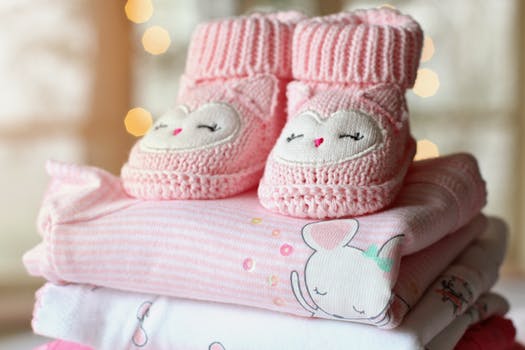Lolita fashion is one of the most outstanding and visually dazzling fashion statements out there. It remains one of the most notable radical subcultures inspired by the rococo and Victorian eras. The Lolita fashion, meant to be innocent and modest with lace and frills, has taken the world by a storm leading to a cuteness revolution.
In Japanese culture, Lolita means elegance, modesty, and cuteness. But like any other subcultures, old school Lolita fashion history is deeper than you think. Read on to understand the Lolita fashion better.

Lolita Fashion From the 1980s to the 1990s
A doll craze developed in the early 1980s, giving birth to Lolita fashion as a direct descendant. The pioneering fashion brand Pink House was the first to popularize it, and the style was set in motion by Milk, a label synonymous with album covers.
Because of their love for Olive Magazine, anyone sporting the modernized dollhouse look was called Olive Girls and was not considered Lolita fashion. Groups like Milk are the ones that leaned to the Lolita-style concepts common today.
The second half of the 1980s saw more Olive Girls embracing diversity and taking up brighter outfits that were visually striking when attending live concerts. Many of these events were signed to the indie label Nagomu Records. As a result, Olive Girls earned themselves the title Nagomu Girls.
Lolita Fashion: 1900 – 2000
The Lolita fashion trend was officially born in the 1990s when it earned a more visible place in the masses and its official name. This season, the style grew in popularity, spread wide and featured in the fashion media consistently.
Visual Kei-inspired rock bands emerged, and the famous group X Japan released their seminal debut album. Some visual kei characteristics included over-the-top dresses and outfits, heavy make-up and a notable obsession with visuals above everything else. When X Japan rose in popularity, it added an edge to the Lolita fashion world, making it more popular.
Lolita fashioned other roles when it was featured in both Kerouac Magazine and FRUiTs. In these features, street snaps documented Lolita fanatics wearing the likes of Jane Marple, Vivienne Westwood and Pretty.
Lolita fashion had traveled globally by the end of the 90s and evolved into new, creative brands dedicated to the culture and a huge diversification of the same.
Lolita Fashion: Since the Millenium Turn
Gothic Lolita subculture preceded the turn of the millennium, emerging valiantly from the cracks. This was sparked by a Japanese band known as Malice Mizer. The band’s legendary guitarist adorned predominantly black Lolita style but with obvious gothic overtones and was picked by the FRUiTs Magazine. The feature gave birth to the gothic Lolita.
The Kamikaze Girls film hit the big screen soon after the turn of the millennium, making the already notable Lolita fashion take the world by storm. The Gothic and Lolita Bible were published around this time, which remains the go-to guide for any Lolita enthusiast today.
Lolita fashion was adopted by the Western world, and a host of other subcultures like Country Lolita and Loli Punk emerged. This fashion trend became a mind-blowing, stronger, more meaningful and exciting movement than ever, but with roots still planted firmly in Japan.
Lolita Fashion Facts
With the Lolita history knowledge, below are some amazing facts about this most eclectic fashion movement.
– Ita-Lolita is a statement that refers to someone who dresses badly in Lolita fashion.
– Lolita has been heavily inspired by Victorian, Rococo and Edwardian clothing styles and the Doll Fashion.
– Japanese phrases like Shiro /Kuro, meaning white and black, form a branch of Lolita fashion based on a restricted set of colors. On the other hand, Cute Lolita or Kawaii focuses on pastels and more OTT themes.
– Brolitas refers to men that are into the Lolita trend.
Find Inspiration for Your Lolita Fashion Choices
With all the facts above in mind, you may want to incorporate the trend into your occasional wear or everyday wardrobe. A good place to start is to seek out inspiration and see how it is done.
Browse and look out for as many fashion pieces as possible to see how others dress in Lolita. Take a look at social media, watch some videos, and visit online stores to see the sense of what is happening out there to create your perfect Lolita outfit.
If possible, walk down the streets of Japan, and you will see people wearing the clothes and many storefronts selling them. Try different Lolita-inspired items and see how you like them.
Conclusion
Lolita Fashion is not just a fashion statement but an incredible movement that inspires, empowers, impresses and amazes people from everywhere. The style has many subcultures and continues to grow into different branches, making it possible for anyone to create another sub-style! All you need is to get your creative juices flowing.



